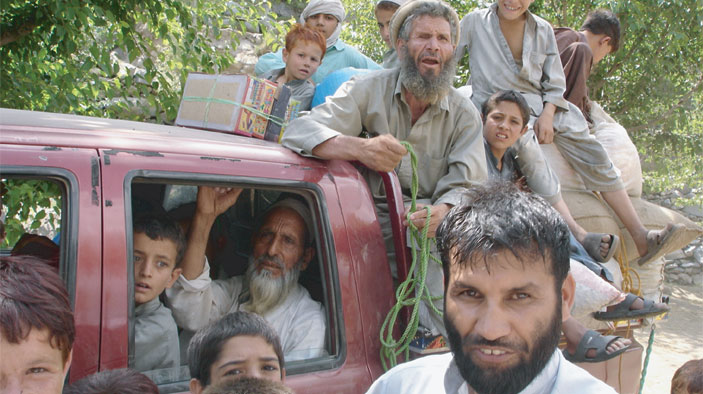Afghanistan—Immediate Needs Project Nangarhar (AINP)
Client: U.S. Agency for International Development
Duration: 2004-2005
Region: Eastern Europe and Central Asia
Country: Afghanistan
Solutions: Fragile States
In 2004, the U.S. Agency for International Development (USAID) launched a national plan to create meaningful alternative livelihoods and assist the Afghan people in developing a licit economy; this immediate needs project (AINP) was its first step. DAI worked with USAID in eastern Afghanistan’s Nangarhar province on income-generating, labor-intensive development projects, engaging local officials and nongovernmental leaders and groups in all project development activities. The goal was to generate 2.375 million days of paid labor and material support and to create meaningful employment and income for 5,000 families in the province. AINP laid the groundwork for a longer-term alternative livelihoods project funded by USAID, also implemented by DAI, called the Alternative Development Program/Eastern Region. AINP’s principal objective was to provide licit employment in Nangarhar province to benefit the population as the opium economy contracted. AINP was a quick-impact, one-year program to set up and implement labor-intensive activities in the short term, while paving the way for positive impact over the longer term. AINP’s second objective was to help establish an economic safety net for those households having no adult males to participate in alternative employment activities, lacking the resources to secure a basic livelihood, or considered otherwise vulnerable. AINP implemented community-driven, quick-impact activities in all the districts of Nangarhar province to provide employment and household income support.

Sample Activities
- Establish an economic safety net for women-run households.
- Provide employment in Nangarhar province that was not related to poppy production.
- Work closely with local governance structures to implement quick-impact activities that provide immediate economic relief.
Select Results
- Built 1,000 structures including dikes, flood protection walls, road culverts, wash culverts, irrigation control structures, and canal intakes.
- Employed 134,000 people from 70,000 families.
- Rehabilitated 147.5 kilometers of roads.
- Desilted 2,300 kilometers of small- and medium-sized canals.
- Invested $2.3 million in local communities using locally procured materials.
RELATED CONTENT:
Mozambique—Community Resilience Program (Tuko Pamoja)
The Mozambique Community Resilience Program, known locally as Tuko Pamoja, strengthened locally driven resilience to violent extremism in northern Mozambique.
Read More